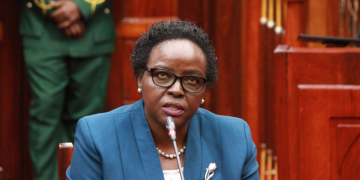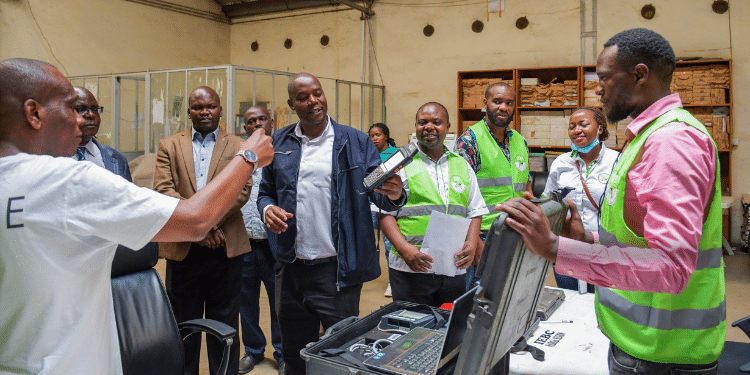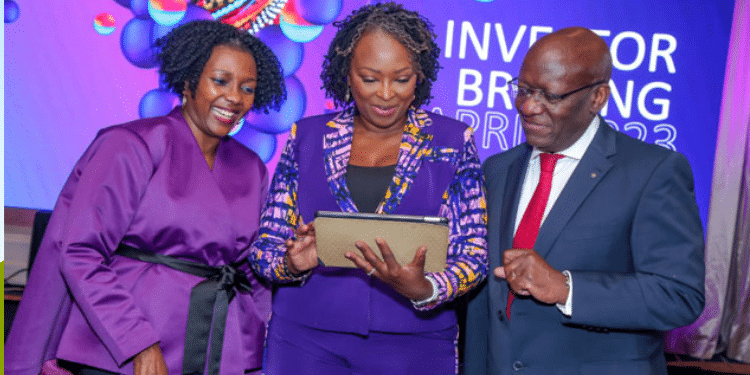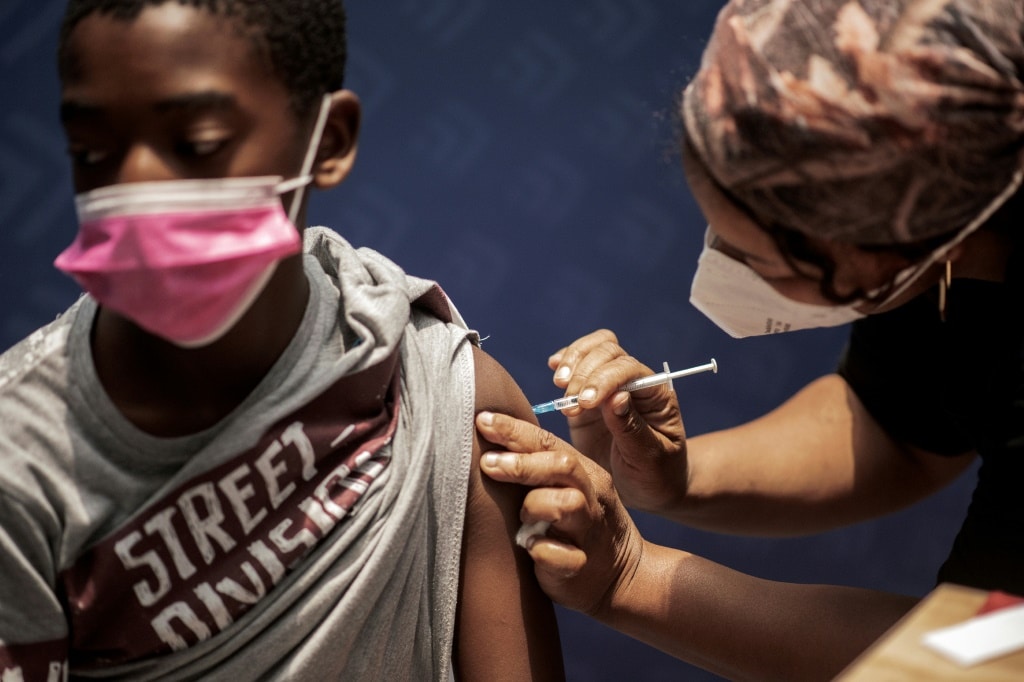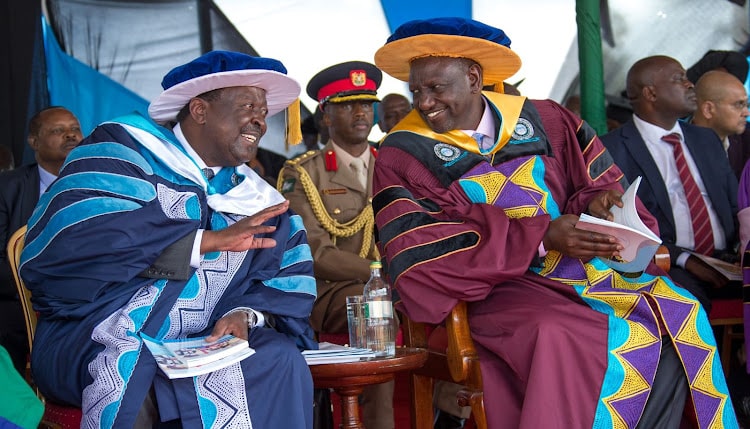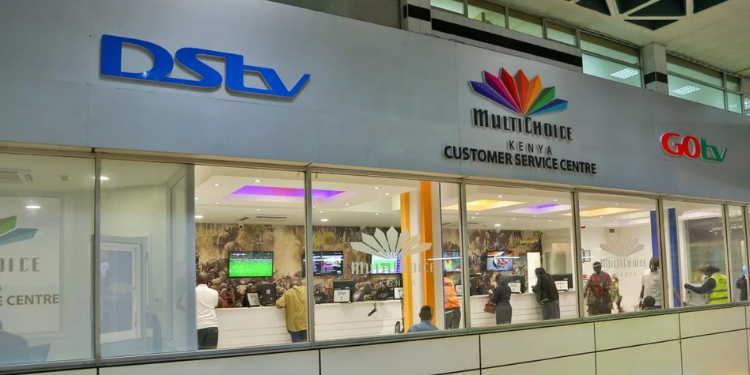As schools reopened on Monday, January 9, 2025, parents rushed to purchase textbooks for their children in both primary and secondary schools. However, some parents unknowingly encountered pirated textbooks during the back-to-school preparations.
On Wednesday, January 8, Kenya Publishers Association (KPA) Chairman James Odhiambo led a series of raids in downtown Nairobi, where several sellers were found distributing pirated books.
“We hope that by the end of this ongoing exercise, we will have significantly reduced, if not eliminated, the number of pirated books circulating in Kenya,” Odhiambo stated.
He further emphasized that pirated textbooks pose a threat to genuine publishers, as they are often sold at the same price as authentic copies, misleading consumers.

East African Educational Publishers condemns individuals involved in selling pirated textbooks
Echoing Odhiambo’s concerns, East African Educational Publishers (EAEP) CEO Kiarie Kamau condemned those involved in the distribution of counterfeit educational materials.
“We have launched a robust sensitization campaign under the Kenya Publishers Association to educate teachers, parents, and learners on how to identify pirated textbooks. These fake books often contain multiple errors, mixed-up pages, and other inaccuracies,” Kamau explained.
Also Read: Govt Addresses Looming Crisis in Schools Ahead of Reopening
According to a guideline issued by the Kenya Copyright Board (KECOBO), all genuine textbooks approved by the Kenya Institute of Curriculum Development (KICD) feature security tags on their covers with hidden 16-digit PINs.
One can also scratch the panel behind the textbook to reveal the number displayed after scratching it and then f sending it to toll free by SMS to 22776 and one will receive an instant confirmation of authenticity.
Also Read: KNEC Explains How Grade 9s Will be Placed in Senior Secondary Schools
How to Check if a textbook is authentic
Below are other ways to identify if textbooks sold are authentic.
- Paper Quality: Authentic textbooks are printed on premium-grade paper that feels smooth and durable. In contrast, pirated copies often use lower-quality paper that feels thinner or rougher than expected.
- Binding Quality: Genuine textbooks are professionally bound using high-quality glue, which is evenly applied and odorless. Counterfeit books may have poorly applied glue with an unusual color or unpleasant smell.
- Print Clarity: Check the sharpness of the text and images. Legitimate textbooks maintain high print standards, while counterfeit versions may have faded, blurry, or uneven printing.
- Page Arrangement: Verify the page sequence by flipping through the book. Fake textbooks may have missing pages, duplicates, or pages arranged out of order.
- Special Finishes: Many publishers use specialty elements such as embossed logos, foil stamps, or unique texturing on the covers for easier identification. Counterfeit versions often lack these finer details.
- Pricing: Be cautious of prices significantly lower than the market average. While discounts can be genuine, unusually low prices might indicate a pirated copy.
- Security Tags: Some publishers incorporate security features like holographic stickers or concealed PINs under scratch-off tags. Always check for these features and verify them through official channels when available.
Follow our WhatsApp Channel and join our WhatsApp Group for real-time news updates





